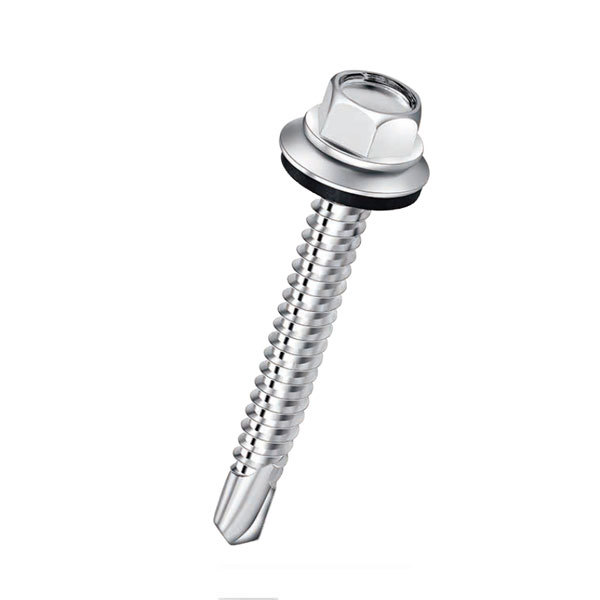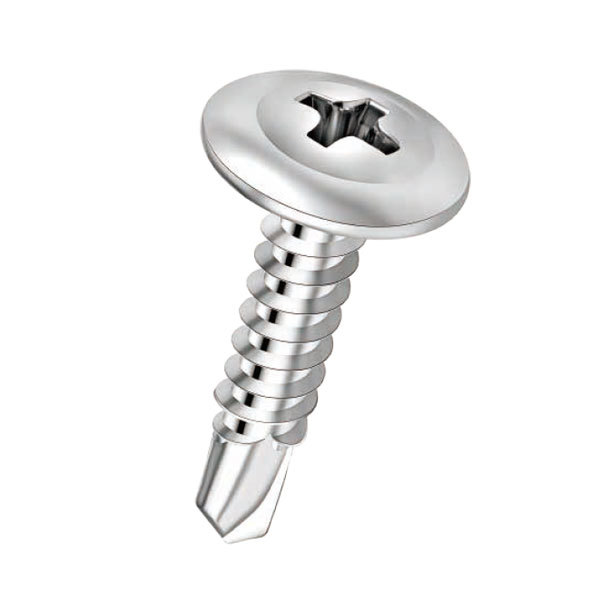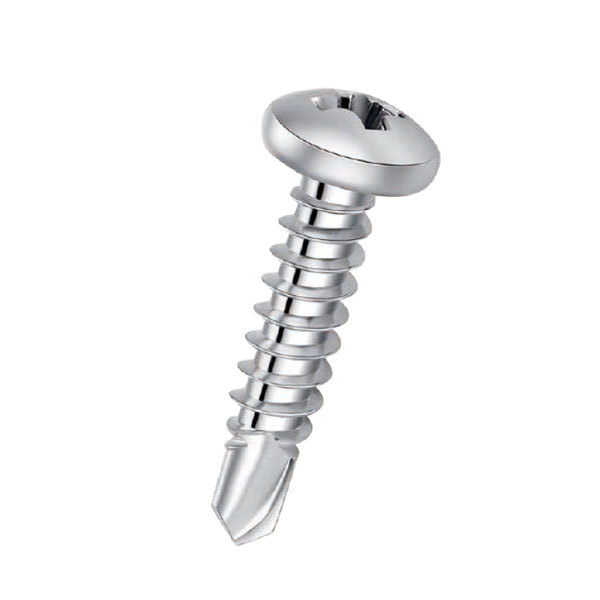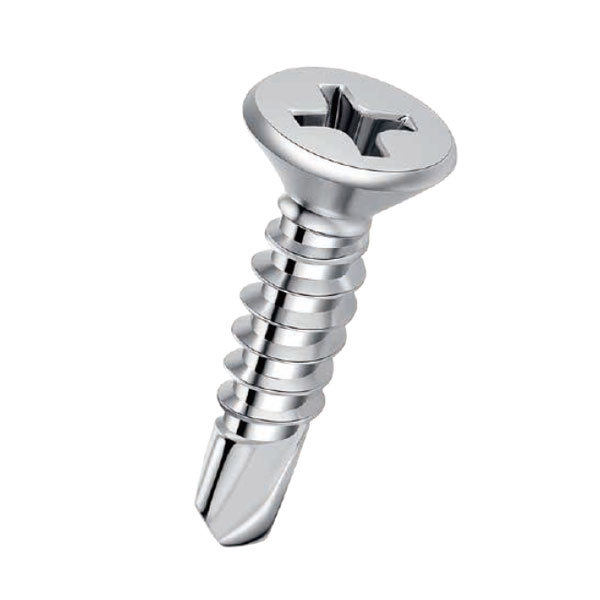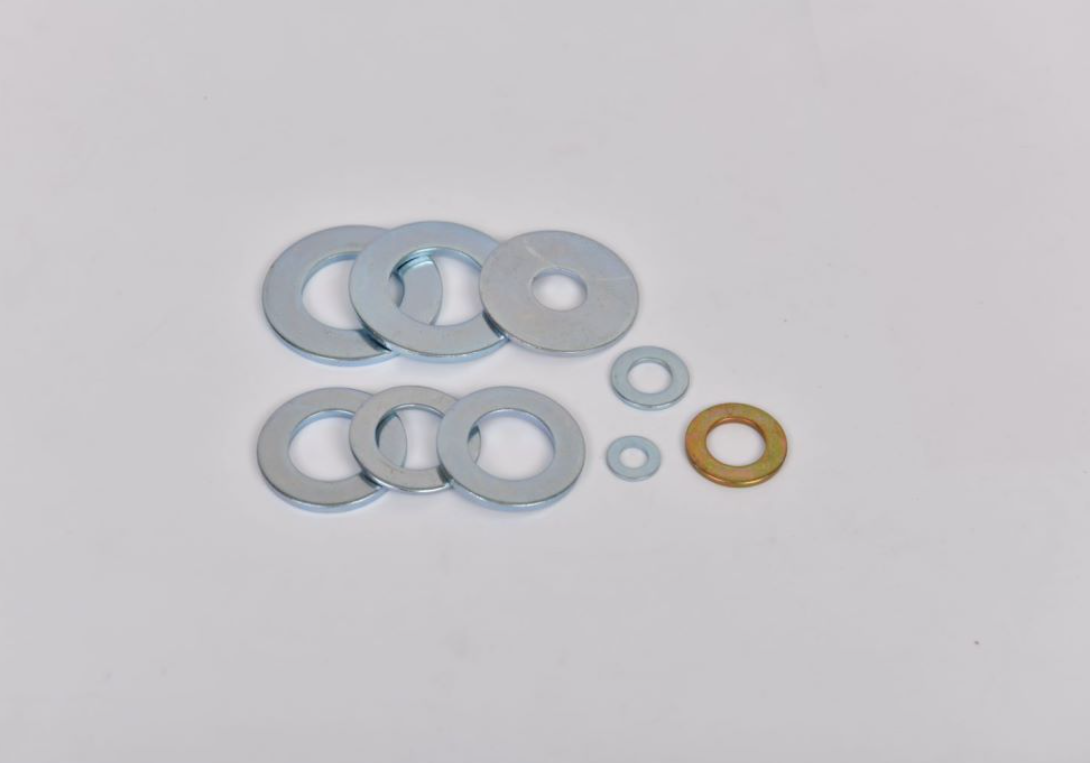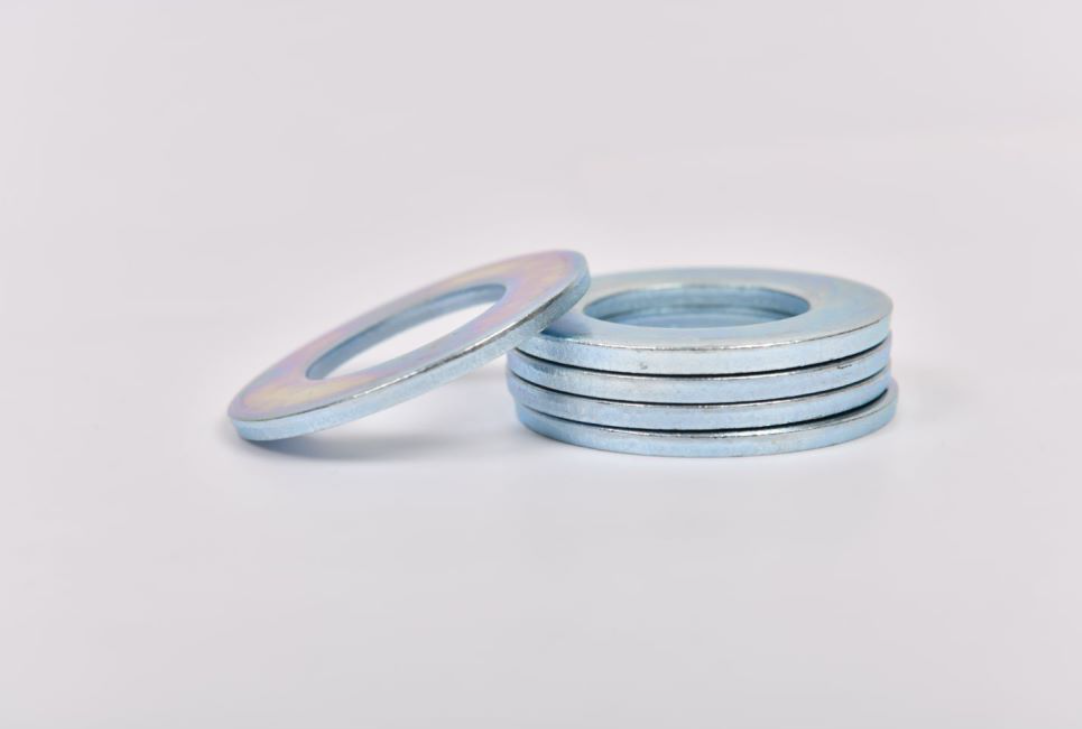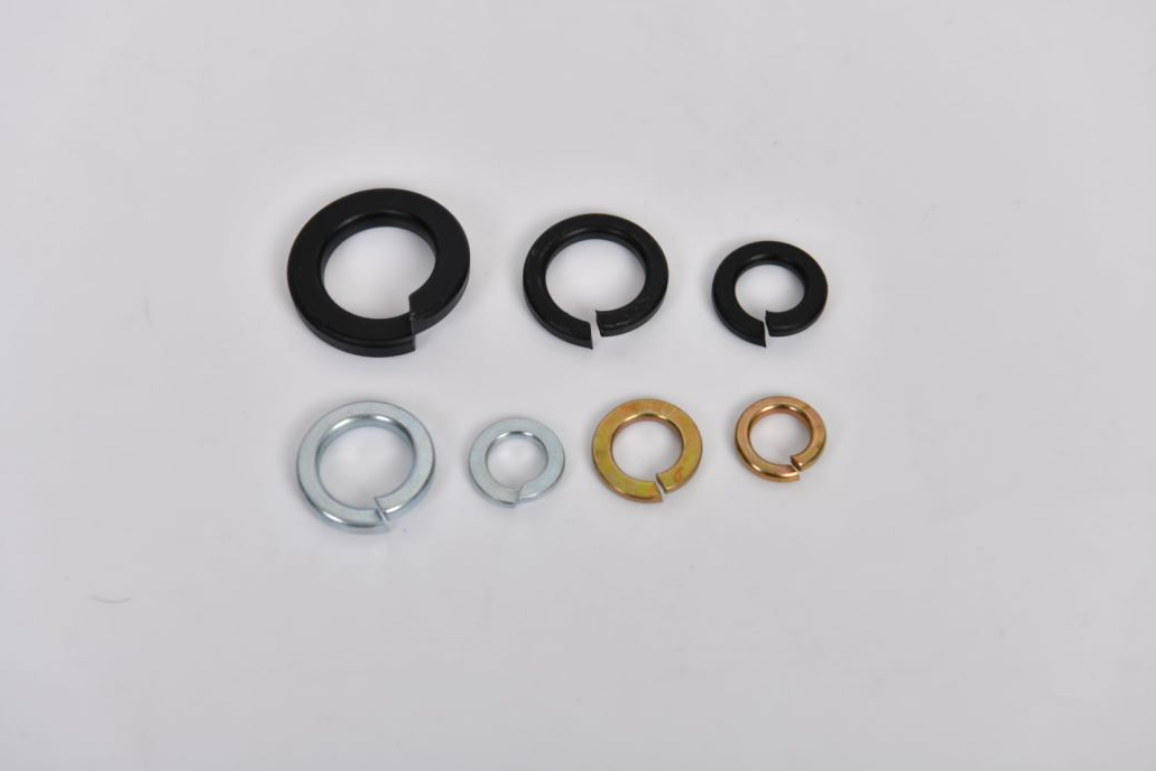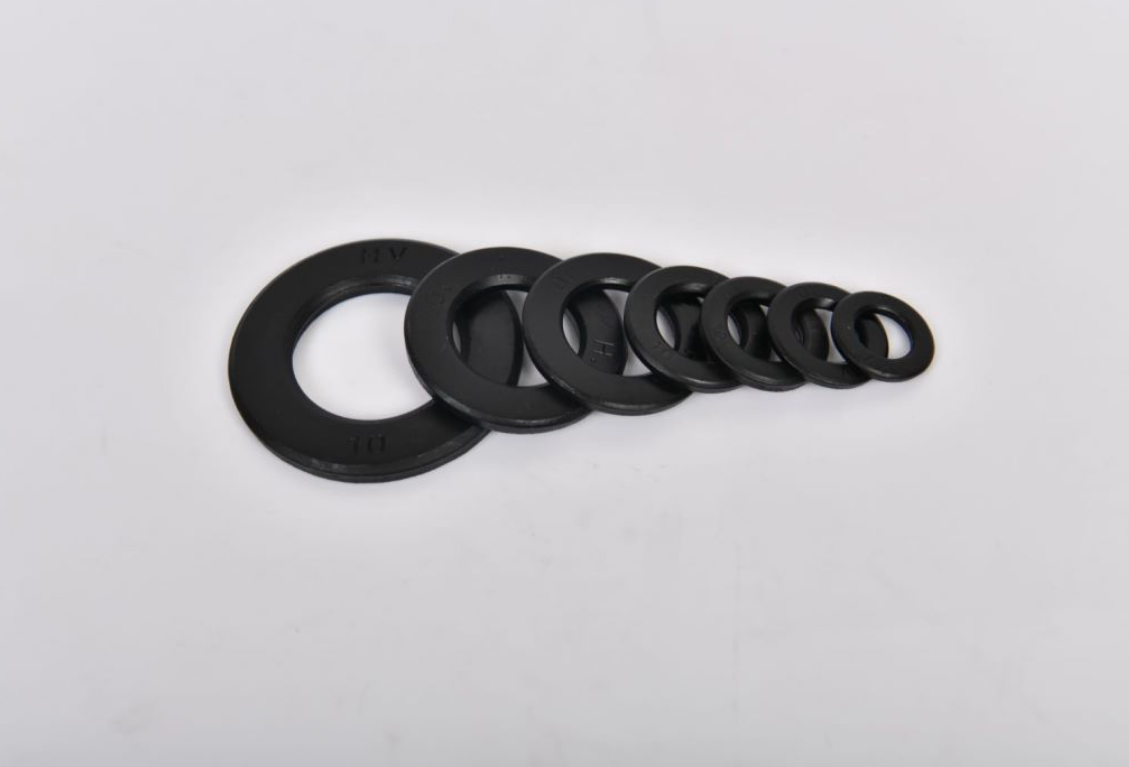drywall screw spacing for ceiling product
Proper Drywall Screw Spacing for Ceiling Installations
When it comes to hanging drywall on ceilings, achieving the right screw spacing is crucial for a durable finish that can withstand the test of time. The appropriate spacing not only ensures structural integrity but also prevents several common issues such as sagging, cracking, and compromised insulation.
The general rule of thumb for drywall screw spacing in ceiling applications is to place screws every 12 inches along the edges of the panels and every 16 inches in the field. This pattern distributes the load evenly across the drywall sheets and provides better anchoring, making it easier to finish the seams effectively. For ceiling drywall, it’s particularly important to adhere to these spacing guidelines due to the downward force exerted by gravity.
Using screws instead of nails is highly recommended for ceilings. Screws provide a stronger hold and help minimize the movement that can lead to cracks in the drywall. When installing, it’s essential to ensure that the screws are driven just below the surface of the drywall without breaking the paper. This creates a smooth surface for taping and finishing.
drywall screw spacing for ceiling product
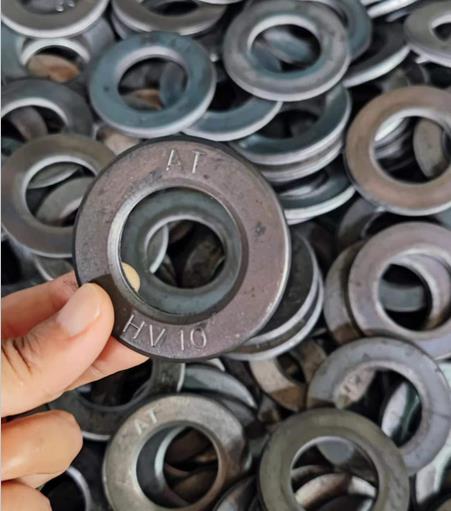
In addition to keeping proper spacing, the type of screws used is also vital. For typical drywall installations, coarse-thread screws are preferred as they provide better grip, especially in wood framing. If you're working with metal framing, fine-thread screws are a better choice because they can more effectively penetrate metal studs.
Another important consideration is the direction in which the drywall panels are installed. For ceilings, panels should be installed perpendicular to the framing members, which helps distribute the weight more evenly and minimizes sagging over time. When securing the panels, make sure to maintain a staggered joint pattern, meaning that the ends of the drywall panels do not align. This helps distribute load and improve the overall strength of the installation.
Lastly, using a drywall lift can significantly ease the installation process for ceilings. A lift allows for better control and precision when placing the panels and ensures that screw spacing remains consistent throughout the job.
In conclusion, adhering to proper drywall screw spacing and selecting the right materials are essential steps in achieving a stable and attractive ceiling installation. By following these guidelines, you can ensure that your ceiling drywall will stand the test of time, offering both aesthetic appeal and structural integrity.
-
Top Choices for Plasterboard FixingNewsDec.26,2024
-
The Versatility of Specialty WashersNewsDec.26,2024
-
Secure Your ProjectsNewsDec.26,2024
-
Essential Screws for Chipboard Flooring ProjectsNewsDec.26,2024
-
Choosing the Right Drywall ScrewsNewsDec.26,2024
-
Black Phosphate Screws for Superior PerformanceNewsDec.26,2024
-
The Versatile Choice of Nylon Flat Washers for Your NeedsNewsDec.18,2024



